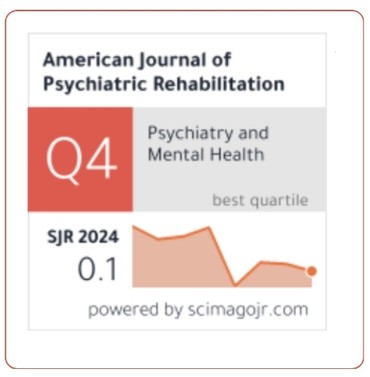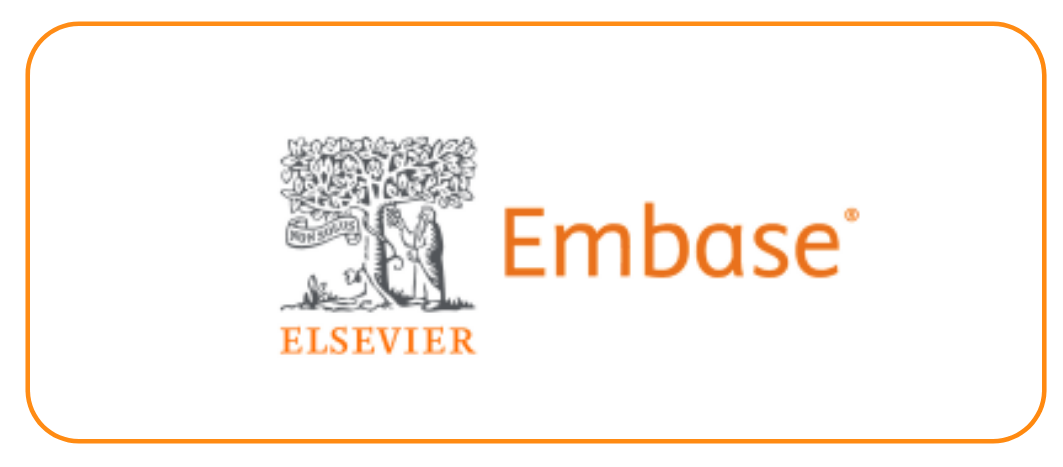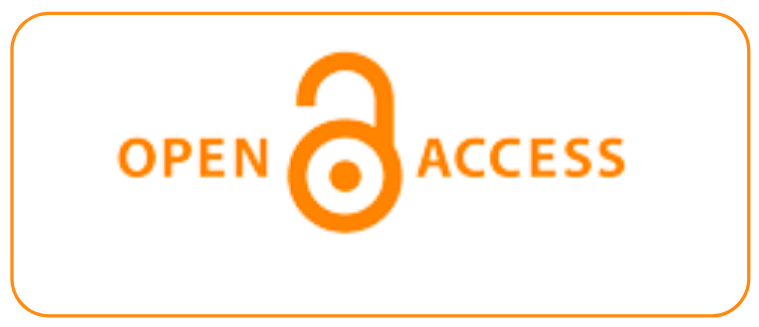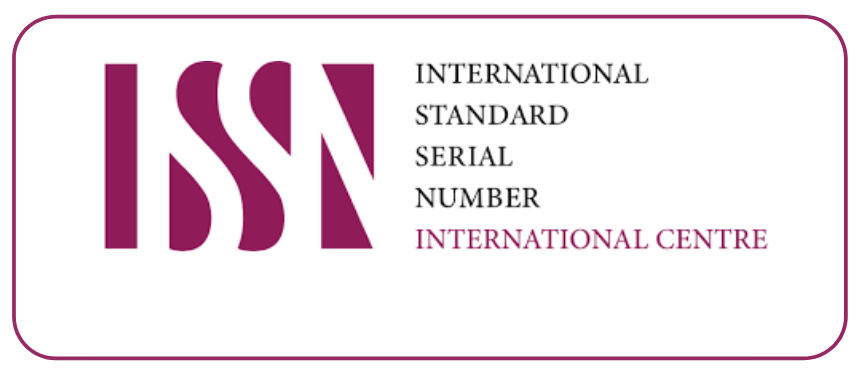"A Pre-Experimental Study on the Effectiveness of the ‘BUGAR’ Android-Based Application in Reducing Work Fatigue Among Manufacturing Workers in Karawang, Indonesia"
DOI:
https://doi.org/10.69980/ajpr.v28i5.390Keywords:
workplace fatigue, manufacturing shift workers, BUGARAbstract
Introduction: Workers often overlook fatigue, and this is also true for their families, worker groups, and managers at the workplace. Fatigue is often viewed as a minor health issue that can be addressed by resting. The goal is to identify the advantages of BUGAR nursing interventions in addressing work fatigue among manufacturing shift workers in Karawang Regency. Methods: This research was designed in quantitative research with a pre-experimental design, with one pre-test and post-test design. The research was carried out at Rejang Lebong Hospital from August to November 2020. 51 workers were chosen using non-random consecutive sampling techniques. Results: The average knowledge of the workers increased from 70.45 to 75.10, attitude improved from 70.16 to 75.86, and skills increased from 67.43 to 74.08. Meanwhile, the level of work fatigue decreased from the previous average value of 67.43 to 22.69. The paired t-test results revealed that the p-value for the variables of knowledge, attitude, skills, and work fatigue is 0.000, indicating that the p-value is <0.05. Conclusion: The BUGAR innovation intervention has a notable impact on the knowledge, attitudes, skills, and reduction of work fatigue in the worker group.
References
1. Al-Kurdi, O. F., El-Haddadeh, R., & Eldabi, T. (2020). The role of organisational climate in managing knowledge sharing among academics in higher education. International Journal of Information Management, 50, 217–227.
2. https://doi.org/https://doi.org/10.1016/j.ijinfomgt.2019.05.018
3. Kaasinen, E., Schmalfuß, F., Özturk, C., Aromaa, S., Boubekeur, M., Heilala, J., Heikkilä, P., Kuula, T., Liinasuo, M., & Mach, S. (2020). Empowering and engaging industrial workers with Operator 4.0 solutions. Computers & Industrial Engineering, 139, 105678. https://doi.org/https://doi.org/10.1016/j.cie.2019.01.052
4. Kasumawati, F., Rahmawati, M., Sansuwito, T. Bin, Fadhilah, H., Puji, L. K. R., & Ratnaningtyas, T. O. (2023). Relationship Between Heat Stress and Job Fatigue with Stress Levels in Employess at CV. Fatra Karya Logam. The Malaysian Journal of Nursing (MJN), 14(4), 14–20. https://doi.org/10.31674/mjn.2023.v14i04.002
5. Kunasegaran, K., Ismail, A. M. H., Ramasamy, S., Gnanou, J. V., Caszo, B. A., & Chen, P. L. (2023). Understanding mental fatigue and its detection: a comparative analysis of assessments and tools. PeerJ, 11, e15744. https://doi.org/https://doi.org/10.7717/peerj.15744
6. Lestari, W. O. S. W., Syarif, S., Hidayanty, H., Aminuddin, A., & Ramadany, S. (2021). Nutrition education with android-based application media to increase knowledge, attitudes, and behaviors of pregnant women about chronic energy deficiency (KEK). International Journal of Health and Medical Sciences, 4(1), 15–22. https://doi.org/https://doi.org/10.31295/ijhms.v4n1.440
7. Mboi, N., Syailendrawati, R., Ostroff, S. M., Elyazar, I. R. F., Glenn, S. D., Rachmawati, T., Nugraheni, W. P., Ali, P. B., Trisnantoro, L., & Adnani, Q. E. S. (2022). The state of health in Indonesia’s provinces, 1990–2019: a systematic analysis for the Global Burden of Disease Study 2019. The Lancet Global Health, 10(11), e1632–e1645. https://doi.org/10.1016/S2214-109X(22)00371-0
8. Permatasari, H., Sahar, J., Mansyur, M., & Hardjono, A. W. (2022). The effect of MARIKERJA, a fatigue management programme, on the management of fatigue among manufacturing shift workers in Indonesia. International Archives of Occupational and Environmental Health, 95(10), 2017–2024. https://doi.org/https://doi. org/10.1007/s00420-022-01904-1
9. Petersen, M. W., Schröder, A., Jørgensen, T., Ørnbøl, E., Meinertz Dantoft, T., Eliasen, M., Benros, M. E., & Fink, P. (2020). Irritable bowel, chronic widespread pain, chronic fatigue and related syndromes are prevalent and highly overlapping in the general population: DanFunD. Scientific Reports, 10(1), 3273. https://doi.org/https://doi.org/10.1038/s41598-020-60318-6
10. Querstret, D., O’Brien, K., Skene, D. J., & Maben, J. (2020). Improving fatigue risk management in healthcare: A systematic scoping review of sleep-related/fatigue-management interventions for nurses and midwives. International Journal of Nursing Studies, 106, 103513. https://doi.org/https://doi.org/10.1016/j.ijnurstu.2019.103513
11. Reynolds, A. C., Pabel, A., Ferguson, S. A., & Naweed, A. (2021). Causes and consequences of sleep loss and fatigue: The worker perspective in the coral reef tourism industry. Annals of Tourism Research, 88, 103160. https://doi.org/https: //doi.org/10.1016/j.annals.2021.103160
12. Silva, A., Silva, A., Duarte, J., & da Costa, J. T. (2020). Shift-work: a review of the health consequences. International Journal of Occupational and Environmental Safety, 4(2), 48–79. https://doi.org/https://doi.org/10.24840 /2184-0954_004.002_0005
13. Tong, R., Wang, X., Wang, L., & Hu, X. (2022). A dual perspective on work stress and its effect on unsafe behaviors: The mediating role of fatigue and the moderating role of safety climate. Process Safety and Environmental Protection, 165, 929–940. https://doi.org/https://doi.org/10.1016 /j.psep.2022.04.018
14. Wingelaar-Jagt, Y. Q., Wingelaar, T. T., Riedel, W. J., & Ramaekers, J. G. (2021). Fatigue in aviation: safety risks, preventive strategies and pharmacological interventions. Frontiers in Physiology, 12, 712628. https://doi.org/https:// doi.org/10.3389/fphys.2021.712628
15. Wulansari, M., Sinrang, A. W., Syarif, S., Ahmad, M., Bahar, B., & Maddepungeng, M. (2021). The Effectiveness of Android-based Education Media of Growth and Development Care Towards Mother’s Knowledge Improvement. International Journal of Health and Medical Sciences, 4(2), 238–245. https://doi.org/2021 // DOI: 10.31295 /ijhms.v4n2.1715
Downloads
Published
Issue
Section
License
Copyright (c) 2025 American Journal of Psychiatric Rehabilitation

This work is licensed under a Creative Commons Attribution 4.0 International License.
This is an Open Access article distributed under the terms of the Creative Commons Attribution 4.0 International License permitting all use, distribution, and reproduction in any medium, provided the work is properly cited.









